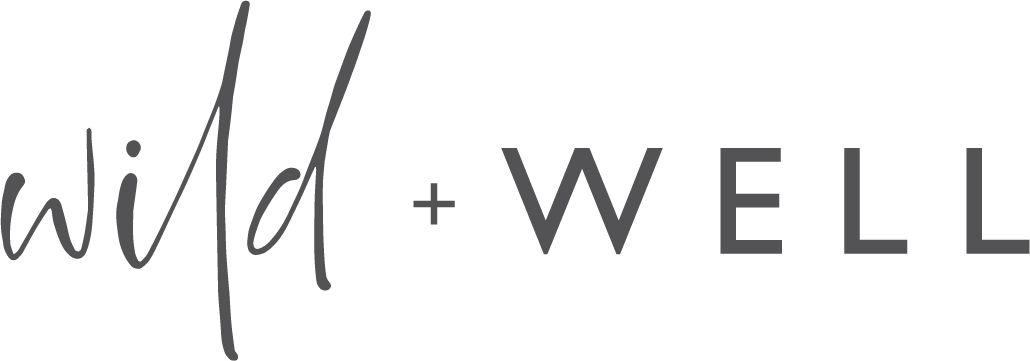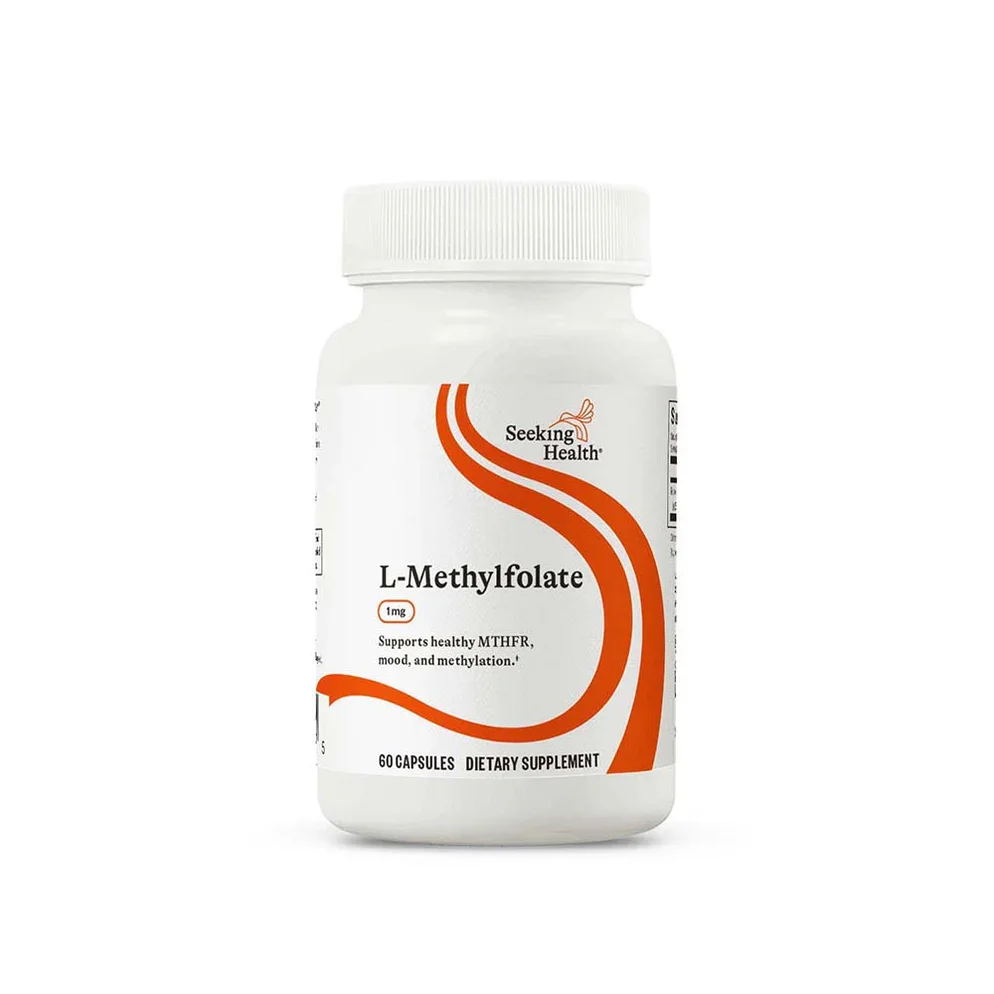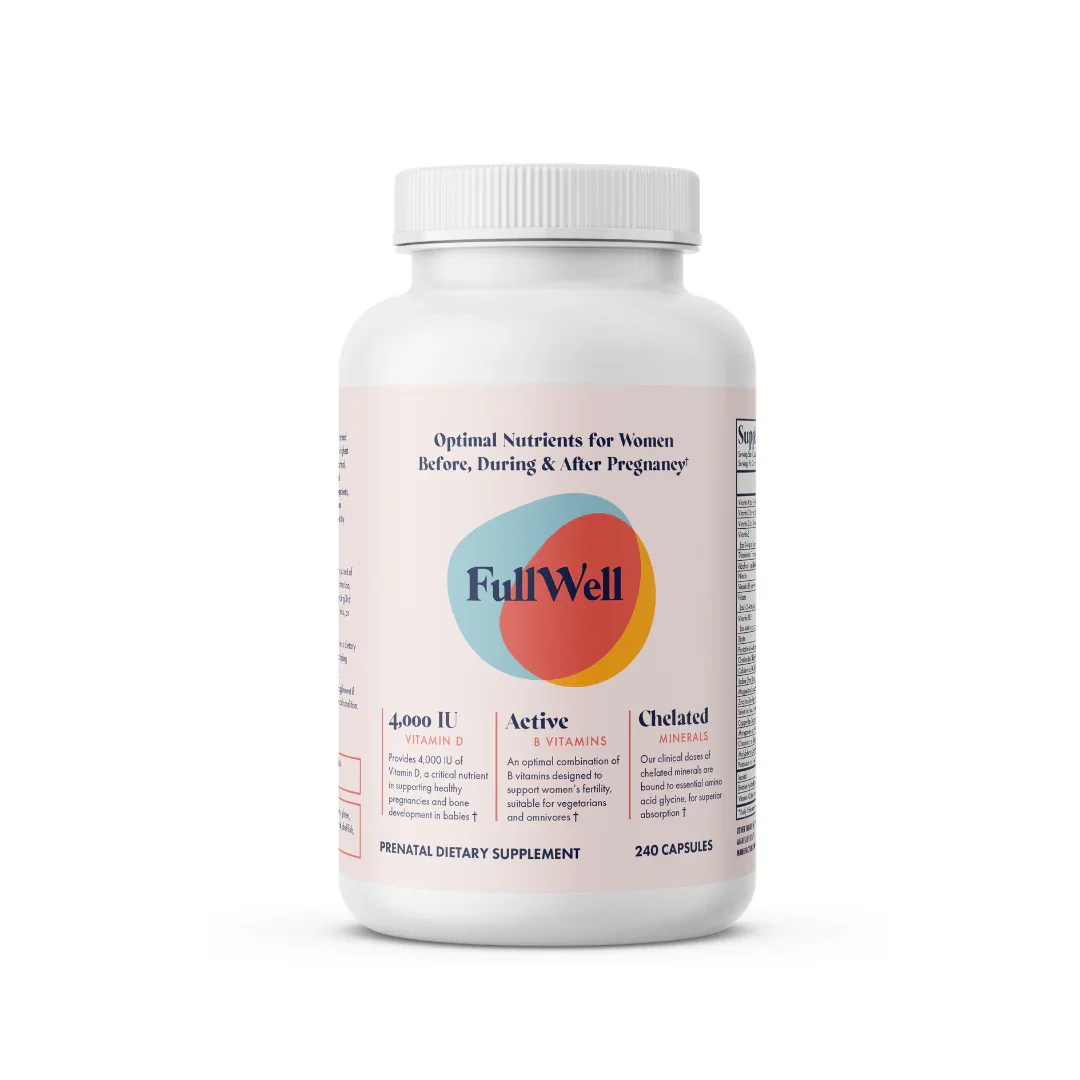Folate and Why It’s Superior to Folic Acid
Wondering about the difference between folate and folic acid? You’re not alone! Many women want to know which is best for their bodies, especially if you’re planning a pregnancy or already expecting. Let’s break it down in a way that’s easy to understand, so you can feel confident about your choices for you and your family.
Table of Contents
Whether you’re hoping to grow your family or are already expecting, understanding the difference between folate and folic acid is an important thing to understand. This guide will help you make smart, simple choices so you can nourish yourself and support your body in a healthy pregnancy.
What Are Folate and Folic Acid?
Folate is a B vitamin that occurs naturally in foods like spinach, beans, and avocados. It’s essential for cell growth, energy, and overall vitality. For women, folate is especially important—it supports everything from your energy to your skin. Folic acid, on the other hand, is a synthetic form of this vitamin, commonly found in supplements. While the names sound similar, your body processes them differently. I always encourage getting nutrients from a variety of real, whole foods whenever possible, because these foods provide a spectrum of vitamins, minerals, and nutrients that work together to support your health.
Why Folate Matters for Your Health
If you’re thinking about having a baby or you’re already pregnant, folate is a key nutrient to prioritize. It’s vital for your baby’s brain and spine development, and it also supports healthy blood, steady energy, and a balanced mood for you! Not getting enough folate can leave you feeling tired or foggy, and for moms-to-be, it’s especially important in those first few weeks of pregnancy. Folate also supports your body’s recovery after pregnancy. Choosing foods rich in natural folate is a gentle, effective way to care for yourself and your baby.
How Your Body Uses Folate and Folic Acid
When you eat foods rich in folate, your body can use that vitamin efficiently. Folate from food is easy to absorb, especially when you’re eating a variety of fresh, colorful ingredients. On the other hand, folic acid requires extra steps for your body to convert it into a usable form, and for some people, that process isn’t very efficient. That’s why natural folate is often the better choice. By focusing on a diverse, nutrient-rich diet, you’re giving your body what it needs without those unnecessary steps.
Risks of Too Much Folic Acid
Folic acid is included in many prenatal supplements because it can help prevent birth defects when used appropriately. Something important to consider is that too much folic acid (especially from high-dose supplements) can cause problems. It can mask signs of vitamin B12 deficiency and may not be safe for everyone. Some research suggests that excess folic acid could be linked to certain health risks, though more studies are needed. It’s always wise to talk to your doctor or a trusted nutritionist about what’s right for you, especially if you’re taking other vitamins or medications.
Genes and Folate: The MTHFR Story
About 4 in 10 people have a gene (called MTHFR) that makes it harder for their bodies to use folic acid. If you have this gene, you might feel tired or foggy even when you’re eating well. That’s because your body needs a little extra help to get the most out of B9. If this sounds familiar, natural foods or special supplements called “methylfolate” can make a difference. Working with a holistic practitioner can help you get to the bottom of symptoms you can’t find an explanation for, especially during critical times like preconception and pregnancy.
Getting Enough Folate
No matter where you are in your journey, getting enough folate is key. The good news is, it’s easier than you might think. Even making small changes to your meals can have a positive impact on your health and energy!
Top Food Sources of Folate
These foods are easy to add to salads, soups, or even smoothies. Eating a variety of foods is a great way to cover your nutrient needs, including folate.
Spinach, kale, and other leafy greens
Lentils, chickpeas, and black beans
Asparagus, broccoli, and Brussels sprouts
Avocado
Beef Liver (from grass-fed animals)
Chicken Liver (did you know that chicken liver is higher in folate than beef liver?)
Oranges and citrus fruits
Cooking and Folate Retention
How you cook your food matters. Steaming or lightly cooking your veggies helps preserve folate, while overcooking can reduce its content. If you’re short on time, frozen veggies are a great option. They’re picked and frozen at their peak ripeness, so they retain their nutrients. Another trick is sprouting beans or lentils to increase their folate content.
Easy Ways to Boost Folate Intake
Even small changes, like adding a handful of greens to your lunch, can make a difference over time. Get creative and have fun with your meals!
Add a handful of spinach or kale to your morning smoothie.
Swap white rice for sprouted lentils or black beans in salads and bowls.
Top avocado toast with fresh parsley or sprouts for an extra folate boost.
Include a serving of liver (from a trusted source) once a week.
Roasting or steaming asparagus and brussel sprouts as a side dish.
Use citrus fruits in salads or as snacks to add variety and vitamin C, which helps with folate absorption.
Batch-cook and freeze folate-rich soups and stews for easy meals.
Your Folate Questions Answered and How to Choose the Best for You
Common Myths & FAQs
Is folic acid the same as folate?
Not quite. Folate is natural and found in food, while folic acid is made in a lab and added to some vitamins. Folic acid is very difficult for most people to absorb (hint - enriched wheat flour has a lot of folic acid, which can be tricky for your body to use). Choosing natural folate is usually the best way to support your health, especially if you value a holistic approach.
Can I get enough folate from food alone?
Many women can, especially if they eat lots of greens, beans, and fruits. But if you’re pregnant or breastfeeding, you might need a little extra help from a supplement. Eating a variety of foods is key, but supplements can fill in the gaps when needed. A custom protocol from a nutritionist can help you decide what’s best for your unique needs.
Is it safe to take high doses of folic acid?
Too much isn’t better. Stick to what your doctor recommends, and choose eating foods high in folate or methylfolate supplements if you can. Always check with your healthcare provider before making changes to your routine.
What about fortified foods?
Whole foods are best. Always check your supplement label for “methylfolate” if you want the most natural option. Reading labels can help you make the best choices for your family, and focusing on real, unprocessed foods gives you the best source of nutrition.
Choosing the Right Supplement
L-Methylfolate from Seeking Health
Prenatal with L-Methylfolate from FullWell Fertility
If you need a supplement (like during pregnancy or if your doctor says so), look for one with “methylfolate” or “L-methylfolate” on the label. These are easier for your body to use. Brands like Seeking Health (use code WILDWELL10 to save) and FullWell Fertility are good options. Always talk to your healthcare provider before starting something new. Supplements can be a helpful tool, but they work best when paired with a healthy diet. Remember, supplements are just that—a supplement to a nourishing lifestyle, not a replacement for real food.
If you ever feel unsure about your nutrition or want personalized support for your pregnancy or postpartum journey, as a perinatal nutritionist, I’m here to help you feel prepared for a healthy pregnancy.
YOU MIGHT ALSO LIKE...












